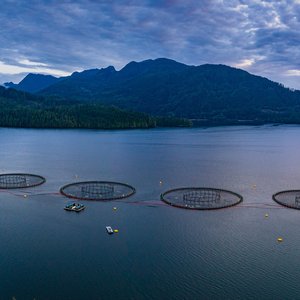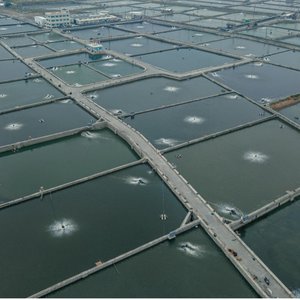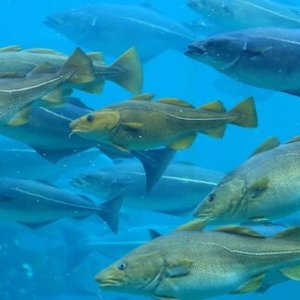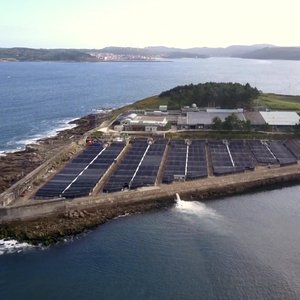James Cook University researchers and Mainstream Aquaculture are a step closer to unlocking the mysteries of gold and platinum barramundi after identifying what gives the species their unique looks.
The study, which was recently published in the scientific journal Aquaculture, revealed that genes in the pigment-producing cells in gold and platinum barramundi lacked the ability to produce melanin and other pigments, resulting in the rare colorations of the iconic fish.
“Without the black and silver melanin shading in the skin, the other pigment cells that produce yellow and gold colors come through to make the fish look gold,” said Professor Dean Jerry, study co-author and director of the ARC Research Hub for Supercharging Tropical Aquaculture through Genetic Solutions at James Cook University. “In the case of platinum fish, it appears as if both melanin and yellow pigment cells stop producing pigments leaving the fish to be white/platinum in color.”
Jerry said the flesh of the golden barramundi had a lighter, whiter appearance compared to the greyer flesh of a regular barramundi. “It does not change the eating qualities of the fish – golden barramundi have the same great taste and texture that we know of, but they look more attractive as a fillet to the consumer,” he said. “One of the things that can put the consumer off a regular barramundi fillet is that when you compare it to, say, an imported Basa catfish fillet from Vietnam, it looks grey which wrongly gives the impression that it isn’t fresh.”
The project, which has been running for two years and conducted by post-doctoral researcher Roberta Marcoli, studied barramundi of varying colors, including golden-colored barramundi produced by industry partner Mainstream Aquaculture, which has large numbers of golden barramundi broodstock in their hatchery.
Jerry said now that it was understood which genes contribute to producing a golden barramundi, the team can look within those genes to identify fish with the desired genetic variation and, therefore, improve Mainstream Aquaculture’s ability to selectively breed them.
Mainstream Aquaculture’s Paul Harrison said the company was “pleased to be working on the development of this product with researchers at James Cook University”.
“Bringing a new product like this to the market takes a lot of work involving a mix of science, selective breeding and investment in commercialization,” Harrison said. “Mainstream has constructed specialist facilities for this unique breeding line and developed a large cohort of breeding stock. Unlocking the control process on color regulation will provide a new barramundi product to consumers.”













